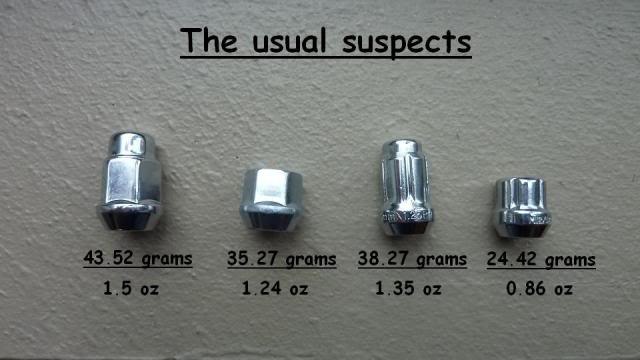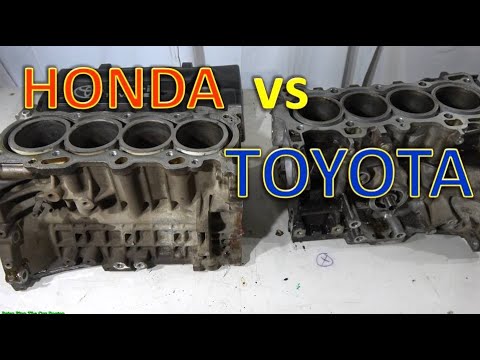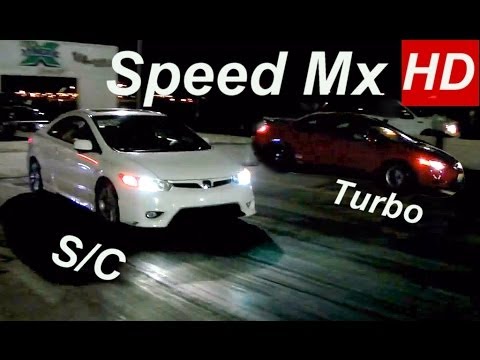The SLXA transmission is a 4-speed automatic that was introduced in 1989 and used in various Honda models until 1993. The BMXA transmission is a 5-speed automatic that was introduced in the 1994 Accord and used in various Honda models until 2002. Both transmissions are similar, but there are some key differences.
Here’s a look at the two transmissions and how they compare.
JDM SLXA VS USDM BMXA CIVIC TRANSMISSION NO 3RD ” 5 clicks vs 6″
There are many differences between the BMW XA and SLXA transmissions. The most obvious difference is that the XA is a five-speed automatic while the SLXA is a six-speed automatic. The XA also has a different final drive ratio, meaning that it will have different performance characteristics than the SLXA.
Another big difference between these two transmissions is that the XA uses an electronic control unit to manage shift points and shifting feel while the SLXA does not. This means that the XA will offer a more refined shifting experience than the SLXA. Finally, the XAs transmission cooler is located in front of the engine while the SLXAs are located behind the engine.
This can affect cooling performance and may cause some reliability issues down the road.
Bmxa Transmission
The BMW X1 is a subcompact luxury SUV produced by BMW. It was launched in 2009 as the first model under BMW’s new SUV line and was followed by the larger X3 in 2011. The E84 X1 features a turbocharged inline-four engine and is available with rear-wheel drive or all-wheel drive.
It is also available with various petrol and diesel engines. The E84 X1 was released as a concept car at the Paris Motor Show in 2008, and the production version was unveiled at the Frankfurt Motor Show in 2009. The vehicle went on sale in Europe in October 2009, and soon after in other markets including Australia, South Africa, and North America.
It is based on the same platform as the E90 3 Series wagon/estate.
Slxa Transmission Pdf
The SLXA transmission is a 6-speed automatic transmission that was developed by Volvo Cars. It is used in a variety of Volvo vehicles, including the S80, V70, XC70, and S60. The SLXA transmission is based on the ZF 6HP26 transmission, which is also used in a number of other vehicles.
The first thing to note about the SLXA transmission is that it is an all-wheel drive transmission. This means that it can send power to all four wheels of the vehicle, not just the front or rear wheels. The second thing to note about the SLXA transmission is that it has six forward gears and one reverse gear.
This gives the driver a wide range of options when it comes to choosing the right gear for their needs.
One of the best features of the SLXA transmission is its ability to handle high torque loads. This makes it ideal for use in vehicles that are equipped with powerful engines.
Another great feature of this transmission is its fuel efficiency. When compared to other transmissions on the market, the SLXA transmission has a very good fuel economy rating.
If you are looking for a reliable and efficient all-wheel drive transmission for your Volvo vehicle, then you should definitely consider getting an SLXA Transmission Pdf Manuals from us today!
What is the Difference between a Bmxa And Slxa Transmission
For many people, the terms “BMXA” and “SLXA” transmission may seem interchangeable. However, there are some key differences between these two types of transmissions that set them apart. Here is a closer look at the difference between a BMXA and SLXA transmission:
The main difference between a BMXA and SLXA transmission is the type of gearbox that is used. A BMXA transmission uses a belt-driven gearbox, while an SLXA transmission uses a chain-driven gearbox. The type of gearbox you use will ultimately depend on your personal preference and riding style.
Another difference between these two types of transmissions is the range of gears that they offer. A BMXA transmission typically offers 8 gears, while an SLXA transmission offers 9 or 10 gears. Again, the number of gears you need will depend on your personal preference and riding style.
If you do a lot of climbing, for example, you may want to opt for an SLXA transmission with its extra gears.
Finally, another difference to keep in mind is that BMXAs are typically found on entry-level bikes, while SLXAs are more common on higher-end models. This is due in part to the fact that BMXAs are less expensive to produce than their chain-driven counterparts.
So if you’re looking for a budget-friendly option, a BMXA may be the way to go.
At the end of the day, both BMXAs and SLXAs offer their own unique benefits depending on your needs as a rider. So it’s important to do your research before making a decision about which type of transmission is right for you and your bike!
Which Type of Transmission is Better for Off-Roading?
When it comes to off-roading, there are a few different types of transmission that can be used. Each type has its own set of pros and cons that can make or break your off-roading experience. Here is a breakdown of the three most popular types of transmissions for off-roading so that you can decide which one is right for you.
Manual Transmissions Manual transmissions are great for off-roading because they give you more control over your vehicle. With a manual transmission, you can choose when to shift gears based on the terrain and your own driving style.
This type of transmission is also typically more durable than other types, meaning it can stand up to the rigors of off-road driving better than most. The downside to manual transmissions is that they can be difficult to learn how to use if you’ve never driven one before. They also don’t offer any help when it comes to shifting gears, so if you miss a shift or don’t do it correctly, it could damage your engine or transmission.
Automatic Transmissions Automatic transmissions are becoming more popular in off-road vehicles because they offer some advantages over manual transmissions. For one, they’re much easier to use since all you have to do is put the vehicle in drive and let the transmission do the work for you.
This means that even if you’ve never driven a stick before, you should be able to get by just fine with an automatic transmission in an off-road setting. Additionally, many modern automatic transmissions come with features like hill descent control and crawl ratios that can make navigating tricky terrain much easier than with a manual transmission. And finally, automatics tend To be More fuel efficient than their manual counterparts thanks to advances in technology.
So overall automatics have plenty going for them as far as making life easier while still being capable on trails. The main downside To automatics when talking about Off-roading is That they require special fluids called “transmission fluid coolers” which help keep Them from Overheating under duress.
If you don’t have one of these installed, you risk damaging your transmission by pushing it too hard without proper cooling . Other than that, automatics are pretty well suited for taking on the trails.
What are the Pros And Cons of Each Type of Transmission?
There are several types of transmissions, each with its own set of pros and cons. The most common type of transmission is automatic transmission. Automatic transmissions are found in the majority of vehicles on the road today.
They are very convenient because they do not require the driver to shift gears manually. However, they can be more expensive to repair than manual transmissions and may not last as long. Manual transmissions are less common than automatics, but they offer a few advantages over their automatic counterparts.
Manual transmissions typically get better gas mileage than automatics and they can often be repaired for less money. They also tend to last longer than automatics. However, manuals can be difficult to drive if you’re not used to them and they require more maintenance than automatics.
All-wheel drive (AWD) is another type of transmission that is becoming increasingly popular in both new cars and SUVs. AWD provides power to all four wheels of the vehicle at all times, which helps improve traction in slippery or off-road conditions. However, AWD systems can add weight to a vehicle and may decrease fuel economy slightly compared to other types of transmissions.
Conclusion
The debate about whether to use a BMXA or SLXA transmission is one that has been going on for some time. There are pros and cons to both transmissions, so it really comes down to what you need from your transmission and what your driving style is.




